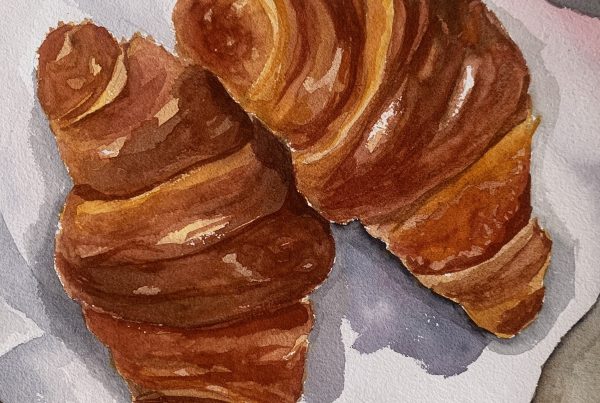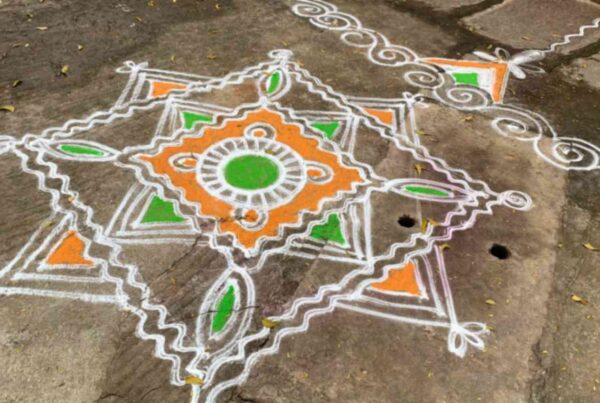Whenever we are talking about perspective drawings, the three-point perspective is the most complex form of perspective drawing.
It is a form of linear perspective and this three perspective drawing utilizes three vanishing points and these vanishing points can be used to convey, the illusion of depth or height of a 2-dimensional surface.
Most of the three-point perspective drawings use various subject matters of geometry, which are buildings, cubes and different rectangular prisms. And when this perspective is used to draw an object, it uses three sets of orthogonal lines and three vanishing points.
And because of the three-point perspective artists can create a realistic look of depth, even when they are working on a 2-dimensional flat piece of paper or canvas.
When we draw buildings, the three-point perspective is the most commonly used as the buildings are viewed from low it high eye level.
In our illustration, the low-level eye creates an the illusion that when we are looking up, a box shape is towering above us. The scale of the building is naturally suggested by this.
Difference between one, two-point perspective and three-point perspective:
In the one-point and two-point perspective, the vertical traversal lines were parallel but in the three-point perspective, these lines appear to recede.
And in this, they form a third set of orthogonal lines, and high above the picture plane, these orthogonal lines meet at the vanishing point three which rise from the ground plane.
In one and two-point perspectives, the plane of the picture is fixed at right angles to the ground plane, while in three-point perspective the plane of the picture is set at such an angle so that the viewer tends to tilt their head back or forward to look up or down from the eye level.
And when we want to create an illusion of looking down on an object from a high viewpoint, a three-point perspective can be used.
Techniques that can be used to draw three-point perspective:
Step 1:
When you are drawing a simple shape in a three-point perspective, you have to give it a start as you do in a two-point perspective, you have to draw the horizon line and two vanishing points (as close to the edge of the page as possible).
But in a three-point perspective, you have to place the horizon line, close to the top of your page if the viewer will be looking down and if the the viewer will be looking up you have to place it close to the bottom.
Far-away from the horizon line, place the third vanishing point and this point can fall anywhere between the horizon vanishing points. Then connecting the three vanishing points draw the lines.
Step 2:
When you are beginning to draw, within the triangle draw a line anywhere towards vanishing point three. It’s not necessary to make it vertical and even it can be of any length. It can end before the vanishing point three and even so long it will end up there if extended.
Step 3:
Now, just as you would draw in a two-point perspective, you have to draw the lines from both the ends of the line towards both the horizon vanishing points.
Step 4:
For the determination of where your shape would end in space, through both the sets of lines receding towards the two horizon vanishing points, you have to draw the line from vanishing point three.
Step 5:
Towards the opposite horizon vanishing points, you have to draw the lines from the back corners and you would be completing a simple shape in a three-point perspective.
Sampratishta School of Fine Arts and Design is coming up with these amazing courses where you would be able to learn all the perspective drawings! Enrol yourself now, to get the best guidance and to learn and explore more in art!





